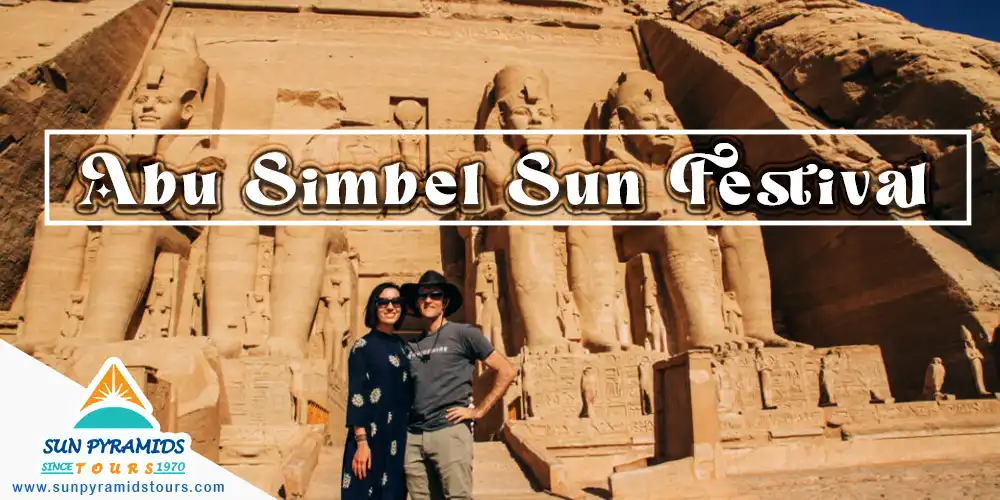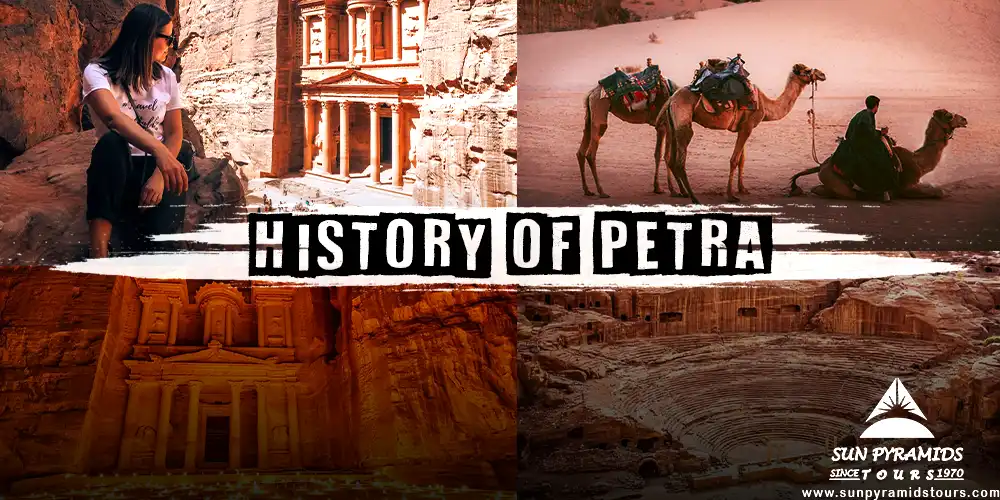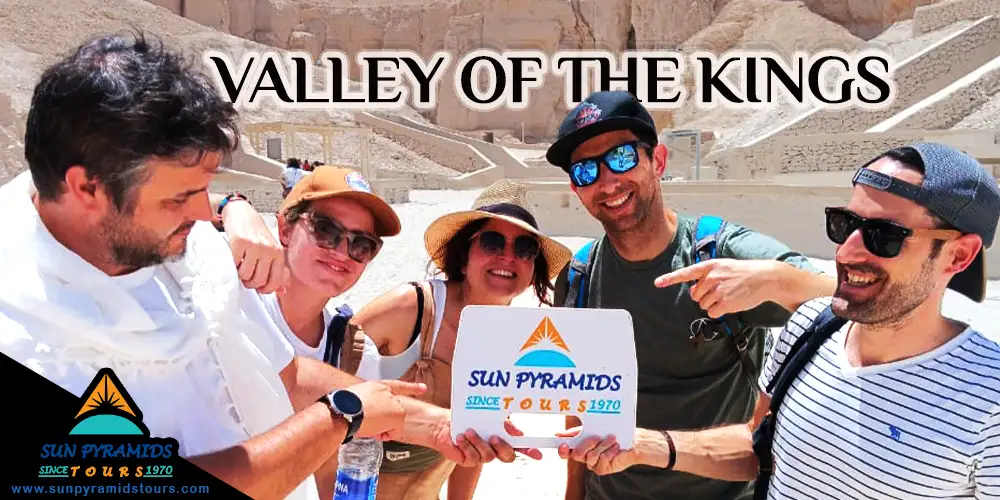24 Dec 2024, 15:03Petra, una vez conocido como raqmu por sus antiguos habitantes, es un sitio histórico y arqueológico de renombre en el sur de Jordania.Se celebra por sus intrincadas estructuras talladas de roca y sistemas avanzados de gestión del agua.Apodado la "ciudad de rosa" debido al tono rosado de sus acantilados de arenisca, Petra se erige como una de las nuevas 7 maravillas del mundo y es un sitio del Patrimonio Mundial de la UNESCO.
Los Nabataos, una tribu nómada árabe, se establecieron por primera vez en la región de Petra durante el siglo IV a. C., finalmente transformándolo en la capital de su reino en el siglo II a. C.Petra prosperó durante el siglo I d. C., con construcciones notables como al-Khazneh, que se cree que es la tumba del rey Nabataeo Aretas IV, y su población alcanza hasta 20,000.Después de la anexión romana de Nabataea en el año 106 dC, la ciudad se incorporó al Imperio Romano y renombró a Arabia Petraea.
Petra permaneció oculto del conocimiento occidental hasta su redescubrimiento en 1812 por el explorador suizo Johann Ludwig Burckhardt.Hoy no es solo un símbolo de Jordan'S patrimonio cultural pero también el destino turístico más popular del país, atrayendo a más de 1.1 millones de visitantes en 2019. La UNESCO ha elogiado a Petra como "uno de los tesoros más valiosos de la civilización humana.
Durante el Imperio Romano
En 106 dC, Petra y sus tierras circundantes fueron absorbidas por el Imperio Romano bajo el gobernador Cornelius Palma, convirtiéndose en la capital de la nueva provincia, Arabia Petraea.Mientras la dinastía Nabataana terminó, Petra continuó prosperando bajo el dominio romano, y la carretera romana de Petra fue construida para mejorar su infraestructura.
En el siglo III, durante el reinado del emperador Alexander Severus, Petra alcanzó su altura, pero comenzó a disminuir, posiblemente debido a una invasión del Imperio Sasnid.El surgimiento de Palmyra como un importante centro comercial también desvió gran parte del comercio de Petra, aunque seguía siendo un centro religioso significativo.Epifanio de Salamis grabó festivales en honor a las deidades Khaabou y Dushara.
El interés romano persistió, con inscripciones para el Pater de God Liber encontrado en Qasr al-Bint, y tumbas nabatoeanas con monedas con el emperador Septimius Severus'imagen.Petra se convirtió en una colonia romana bajo el emperador Elagabalus, y a fines del siglo III, el área estaba integrada en Palestina Salutaris.Su importancia se observa en el mapa de mosaico de Madaba del reinado del emperador Justinian.
Durante el período bizantino
Petra experimentó una disminución significativa durante el dominio romano, en gran parte debido al cambio hacia las rutas comerciales basadas en el mar.En 363 dC, un terremoto devastador destruyó muchas estructuras y dañó severamente los sistemas de agua cruciales de la ciudad.A pesar de esto, Petra siguió siendo importante como la capital de la provincia bizantina de Palestina III, y las excavaciones han descubierto varias iglesias de este período.Entre ellos, la Iglesia Bizantina se destaca, donde se encontraron 140 papiros que datan de los años 530 a 590, lo que indica que Petra continuó prosperando en el siglo VI.
La última mención conocida de Petra bizantina aparece en el prado espiritual de John Moschus a principios del siglo VII, donde comparte una anécdota sobre el obispo de la ciudad, Athenogenes.Petra finalmente perdió su estatus como obispado metropolitano antes del año 687 d.La ciudad está notablemente ausente de los relatos de la conquista musulmana de los registros históricos islámicos Levant y los primeros.
Durante los cruzados y las mamás
Durante el siglo XII, los cruzados construyeron fortificaciones alrededor de Petra, incluido el notable castillo de Alwaeira.Sin embargo, finalmente se vieron obligados a abandonar el área, lo que llevó a la desaparición gradual de Petra de los mapas históricos.Todavía se conocen dos castillos adicionales de la era cruzada: Al-Wu'ayra, ubicada al norte de Wadi Musa, y El-Habis, posicionados en el corazón de Petra cerca de Qasr al-Bint.Al-Wu'ayra fue incautado brevemente por musulmanes y turcos locales, pero los cruzados recuperaron el control después de amenazar los bosques de olivos de los lugareños, esenciales para su sustento.
Después de la partida de los cruzados, Petra se metió en la oscuridad hasta su redescubrimiento en el siglo XIX.A pesar de su prominencia que se desvanece, Petra continuó atrayendo interés ocasional durante la Edad Media, incluida una visita de Baibars, un sultán mameluco de Egipto, a fines del siglo XIII, que marcó una de las pocas interacciones registradas con el sitio durante este período.
La Petra durante los siglos XIX y XX
En 1812, el explorador suizo Johann Ludwig Burckhardt se convirtió en el primer europeo en documentar a Petra.Mientras viajaba en la región, Burckhardt, con fluidez en árabe, escuchó historias de una ciudad olvidada que se cree que alberga la tumba del Profeta Aaron.Intrigado por estas historias, se disfrazó de local, sacrificando una cabra en Aaron'S Tumba para mantener su cubierta.Después de solo un día de exploración, Burckhardt estaba convencido de que había redescubierto la antigua ciudad de Petra.
Exploraciones europeas tempranas (1828-1839)
Siguiendo a Burckhardt'S Discovery, exploradores franceses léSobre De Laborde y Louis-Maurice-Adolphe Linant de Bellefonds crearon los primeros dibujos precisos de Petra en 1828. Una década después, el pintor escocés David Roberts visitó a Petra en 1839 y capturó su grandeza a través de bocetos, que publicó en su famoso trabajo el sagrado trabajo el santoLand, Siria, Idumea, Arabia, Egipto y Nubia.Estas representaciones llamaron más atención a Petra en Europa.
Representaciones artísticas y fotográficas (1868-1909)
En 1868, el pintor de paisajes estadounidense Frederic Edwin Church visitó Petra, produciendo la famosa pintura El Khasné, Petra, solidificando su importancia en el arte occidental.Más tarde, Missionary Archibald Fosder publicó fotografías de Petra en National Geographic en 1909, aumentando aún más el sitio'S Reconocimiento global.
Excavaciones y encuestas tempranas (1929)
En 1929, un equipo de arqueólogos, incluidos los exploradores británicos Agnes Conway y George Horsfield, el experto palestino Tawfiq Canaan y el erudito danés Ditlef Nielsen, realizaron algunas de las primeras excavaciones oficiales en Petra.Sus esfuerzos ayudaron a descubrir y preservar muchas de las estructuras antiguas, a pesar del daño y el saqueo a lo largo de los siglos.
Investigación arqueológica continua (1940-1980)
Philip Hammond, un arqueólogo de la Universidad de Utah, pasó casi 40 años estudiando Petra.Exploró las leyendas locales, incluida la creencia de que Moisés creó el sitio golpeando una roca para producir agua para los israelitas.Hammond también investigó los intrincados sistemas de agua de la ciudad, que presentaban canales tallados en las tuberías de roca y cerámica.
Reubicación beduina y desarrollo turístico (1980)
En la década de 1980, el gobierno jordano reubicó a los habitantes beduinos de Petra al acuerdo cercano de UMM Sayhoun como parte de los esfuerzos para promover el turismo.Esta reubicación, que abarca dos décadas, ayudó a proteger a Petra's ruina mientras proporciona a los beduinos un hogar más permanente.
Descubridos de desplazamiento bizantino (1993)
En 1993, los arqueólogos descubrieron una colección de pergaminos griegos de la era bizantina cerca del templo de los leones alados en Petra.Estos pergaminos, que se encuentran en una iglesia antigua, proporcionan ideas valiosas sobre Petra.'S Historia durante el período bizantino.
Apariencia y diseño exterior
Petra se encuentra junto a Jabal al-Madbah en una cuenca rodeada de montañas, formando parte del valle de Arabah entre el Mar Muerto y el Golfo de Aqaba.Los nabataeos controlaron ingeniosamente el suministro de agua de la ciudad, transformándolo en un oasis artificial en el desierto.A pesar de las inundaciones repentinas en la región, construyeron presas, cisternas y conductos de agua, asegurando el almacenamiento de agua durante las sequías, lo que contribuyó a la prosperidad de Petra.
Históricamente, se podría acceder a Petra desde el sur, cerca de Jabal Haroun, que se cree que es el sitio de entierro de Aaron, o desde la meseta del norte.Hoy, la mayoría de los visitantes entran desde el este, pasando por el estrecho desfiladero de Siq, un impresionante pasaje natural que conduce al corazón de la antigua ciudad.
Arquitectura helenística de Petra
Petra es reconocida por su arquitectura de estilo helenístico, evidente en el diseño de sus fachadas de tumbas talladas en roca.Estas fachadas reflejan la influencia de varias culturas que los nabataos encontraron a través del comercio, muchas de las cuales fueron formadas por la cultura griega.Las tumbas a menudo cuentan con pequeños nichos de entierro tallados en la piedra.
El Tesoro es uno de los mejores ejemplos de arquitectura helenística en Petra, de 24 metros de ancho y 37 metros de altura.Su fachada incluye un fractura de fractura, un tholos centrales y obeliscos, con figuras como Castor y Pollux, protectores de viajeros, tallados cerca de la base.En la parte superior, dos victorias flanquean una figura femenina, que se cree que representa a ISIS-Tyche, combinando influencias egipcias y griegas.
Otro monumento significativo es el monasterio, la estructura más grande de Petra a 45 metros de altura y 50 metros de ancho.Su fachada refleja el Tesoro con un fractura de fractura y tholos, pero incorpora más elementos nabateos.Sirvió como sitio de adoración cristiana durante la era bizantina y sigue siendo un destino de peregrinación hoy.
El alto lugar de sacrificio
El alto lugar de sacrificio, ubicado en la cima de la montaña Jebel Madbah, es uno de los sitios religiosos más importantes de Petra.El ascenso comienza cerca del Teatro de Petra, con una caminata de 800 pasos que conduce a la cumbre.Este sitio se asoció históricamente con varios rituales, incluidas libaciones y sacrificios de animales.Se cree que el sacrificio anual de una cabra honra al profeta Aaron, cuya tumba se cree que está en Petra, lo que lo convierte en un sitio sagrado para los musulmanes.También se realizaron otros rituales, como la quema de incienso, se realizaron aquí, lo que se suma a la importancia religiosa del sitio.
Las tumbas reales
Las tumbas reales de Petra muestran una interpretación nabataana de la arquitectura helenística, aunque las fachadas se han resistido con el tiempo.Se cree que la tumba del palacio, una de las más grande, es el sitio de entierro de los reyes de Petra.Adyacente está la tumba corintia, que refleja el diseño helenístico visto en el Tesoro.Otras dos tumbas reales notables son la tumba de seda, con sus vibrantes colores de piedra, y la tumba de la urna, que presenta un gran patio y se convirtió en una iglesia en 446 d. C. durante la propagación del cristianismo.
Estructura monumental recién descubierta
En 2016, los arqueólogos descubrieron una estructura masiva y previamente desconocida fuera de Petra usando imágenes y drones satelitales.Fechada en alrededor del 150 a. C., cuando los nabataos comenzaron sus proyectos de construcción pública, la estructura se encuentra en la base de Jabal An-Nmayr, a unas 0.5 millas al sur del centro de la ciudad de Petra.A diferencia de otros edificios, se enfrenta al este y no tiene una conexión aparente con la ciudad misma.La estructura consiste en una plataforma grande, 184 por 161 pies, con una escalera monumental en su lado este.En el interior, una plataforma más pequeña admite un edificio modesto, 28 por 28 pies.Si bien su propósito exacto sigue sin estar claro, los investigadores creen que la estructura probablemente cumplió una función ceremonial.
Petra es más que un simple sitio histórico; es un viaje en el tiempo, donde convergen arquitectura antigua, mitos fascinantes y paisajes impresionantes. Desde el impresionante Tesoro hasta el sagrado Lugar Alto del Sacrificio, cada rincón de Petra cuenta una historia única. Con Sun Pyramids Tours, experimentará este sitio declarado Patrimonio de la Humanidad por la UNESCO como nunca antes, con guías expertos que le darán vida a la rica historia de la ciudad. No pierdas la oportunidad de explorar una de las 7 Nuevas Maravillas del Mundo. ¡Reserva hoy tu aventura en Petra con Sun Pyramids Tours!
Why do I book with Sun Pyramids Tours?
Experiencia y experiencia: Sun Pyramids Tours has a wealth of 53 years of experience in the travel and tourism industry.
Itinerarios personalizados: Sun Pyramids Tours offers tailored itineraries to suit your preferences. Whether you're interested in historical sites, cultural immersion, or adventure activities, we can design a tour that matches your interests.
Conexiones locales y acceso interno: Sun Pyramids Tours can provide you with unique opportunities and insider access to attractions and experiences that may not be easily accessible to independent travelers.
Planificación sin problemas: Sun Pyramids Tours can take the stress out of planning your trip. We handle all the logistics, including accommodations, transportation, and guided tours, at competitive prices… Relax and enjoy your vacation without worrying about the details.
Satisfacción del cliente: Sun Pyramids Tours prides itself on providing excellent customer service and ensuring customer satisfaction. They strive to meet and exceed your expectations, making your trip enjoyable and memorable. Add trip advisor reviews, Facebook page reviews, etc.
Seguridad y seguridad: Sun Pyramids Tours prioritizes the safety and security of their guests. We work with trusted partners, adhere to safety guidelines, and provide support throughout your journey to ensure a safe and comfortable travel experience.
Egipto agradece calurosamente a los visitantes con su majestuoso río Nilo, paisajes desérticos y el fértil delta, junto con sus puntos de referencia notables e impresionantes.Con nuestro Paquetes Tour de Egipto, tú'tendrá la oportunidad de descubrir las maravillas más fascinantes de la tierra de los faraones, incluido el icónico Pirámides de Giza, la gran esfinge ,Abu Simbel, los templos de Karnak, y mucho más. El río Nilo También es el escenario perfecto para uno de nuestros cruceros del Nilo, donde puede navegar a través de la historia, admirando los magníficos monumentos entre Luxor y Asuán.La oportunidad está aquí para ti—don'me pierda, book with us today!
Leer más 


